AARP Hearing Center


David Edwards recalls how volunteering with veterans changed his late father’s life at a challenging time.
His dad — James Edwards, who died in 2009 — seemed happy enough during the first year following his retirement, the son recalls. His father played golf in the summer and did woodworking in the winter. But soon, it became clear that something was missing from his dad’s life. So Edwards, who is chief of public and community relations for the U.S. Department of Veterans Affairs (VA) Maryland Health Care System, suggested that his father — a World War II Navy vet who helped land troops on D-Day — consider volunteering at the same VA medical facility in Maryland where he had once been a patient. His father was apprehensive about returning to a place that held painful memories for him, but Edwards urged him to give it a try.
“I told him, ‘You benefited, why not be on the other side helping?’ ’’ Edwards says. “Once he got in there, he loved it. He flourished. It changed his whole demeanor. It uplifted him.’’
His dad, who was in his early 60s when he started volunteering, enjoyed spending time with older veterans at the Perry Point VA Medical Center so much that going there became part of his routine, and he did it for more than a decade, Edwards says.
Such powerful emotional connections are common among people who volunteer to work with veterans. Volunteers and the organizations that recruit them say there is something particularly moving about helping in tangible ways, however small, to make life easier for people who have sacrificed so much serving their nation. Because struggling veterans across the country have so many different types of needs, there are numerous opportunities for Americans in virtually every community to give back, experts say.
In VA facilities across the country, “every day is Veterans Day,” Edwards says.
VA Health Care Facilities
The first place most people turn when they decide to volunteer with veterans is the VA Voluntary Service (VAVS), which connects volunteers with opportunities at VA health facilities across the country. In the past year, more than 63,000 people worked in specific roles as VA volunteers at hospitals, community-based clinics, nursing homes and hospices. VA volunteers also work at cemeteries and help by telecommuting for assignments such as assisting with graphics and writing for VA publications, says Sabrina Clark, director of VAVS.
One of the VA’s priorities is to match volunteers with meaningful opportunities that suit both the skills they have to offer and the needs of the veterans they hope to serve.
“The most important thing to VA is that volunteers put their interests, skills, time and talents to use in ways that benefit veterans,’’ says Clark.
The work that volunteers do at and through VA facilities can range widely, from answering phones and working on hospital computers to more unusual assignments such as playing guitar and teaching rock climbing. One of the most pressing needs VA facilities have is for drivers to take veterans to and from medical appointments. Other common roles are working at the information desk, scheduling appointments for veterans, escorting patients to blood tests or other appointments, visiting patients in hospice care, and greeting new patients and showing them around the facility.
Even activities that might sound routine like delivering care packages or holiday cards to veterans at a VA hospital can be moving, says Wendy Griffin, who volunteers one day a week at the Salt Lake City VA Medical Center. In addition to recruiting and assigning volunteers and working on the facility’s database, Griffin — who suffered a spinal injury in an accident while serving with the Air Force in Honduras — also helps out delivering packages and cards. The care packages include items such as snacks, calendars and handmade crocheted or quilted blankets.
“I handed one to a veteran and said, ‘Happy holidays, these are a gift for you,’ and he cried. He didn’t have any family there,’’ she said. “It makes you feel really good inside to know that you’ve touched another life. ’’
Griffin says one of the most valuable things volunteers offer to some veterans is human contact.
“Sometimes it’s nice just to say hello to them because that’s what they’re searching for. You are the only person that’s come in to say ‘Hi’ to them,’’ she says.



















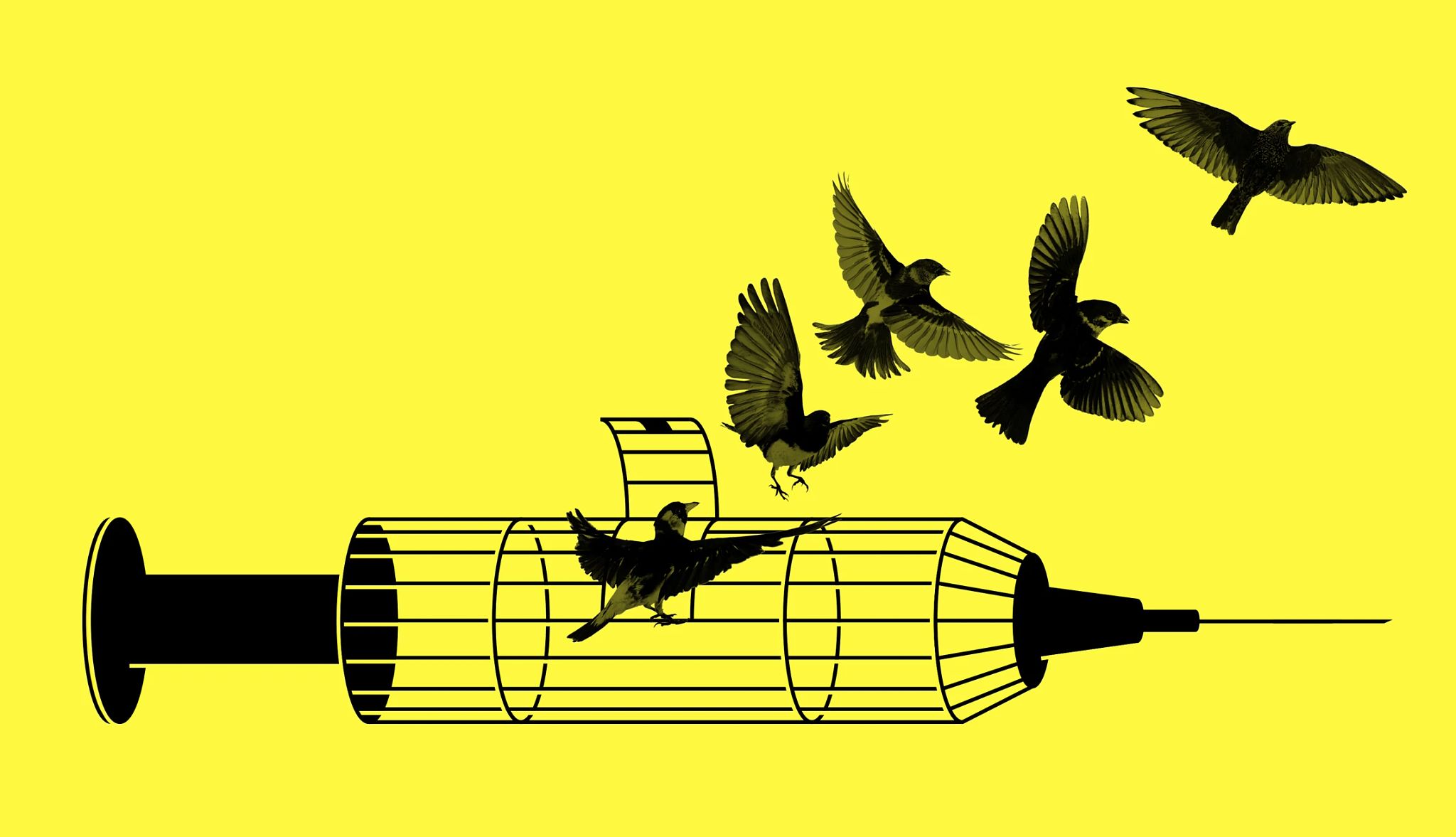




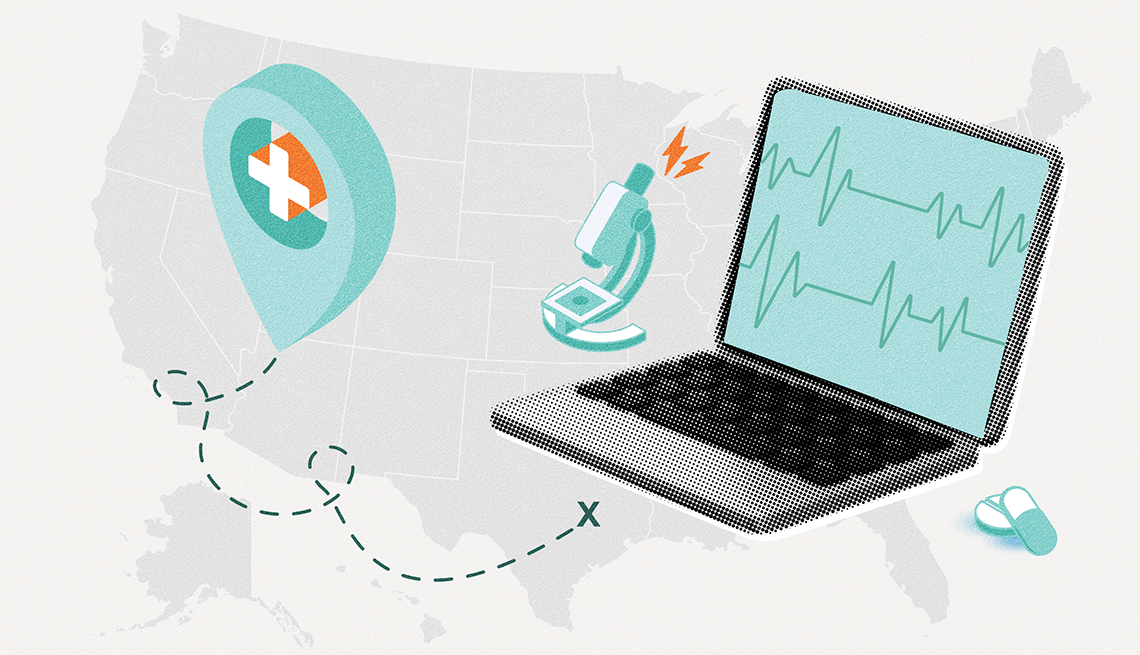






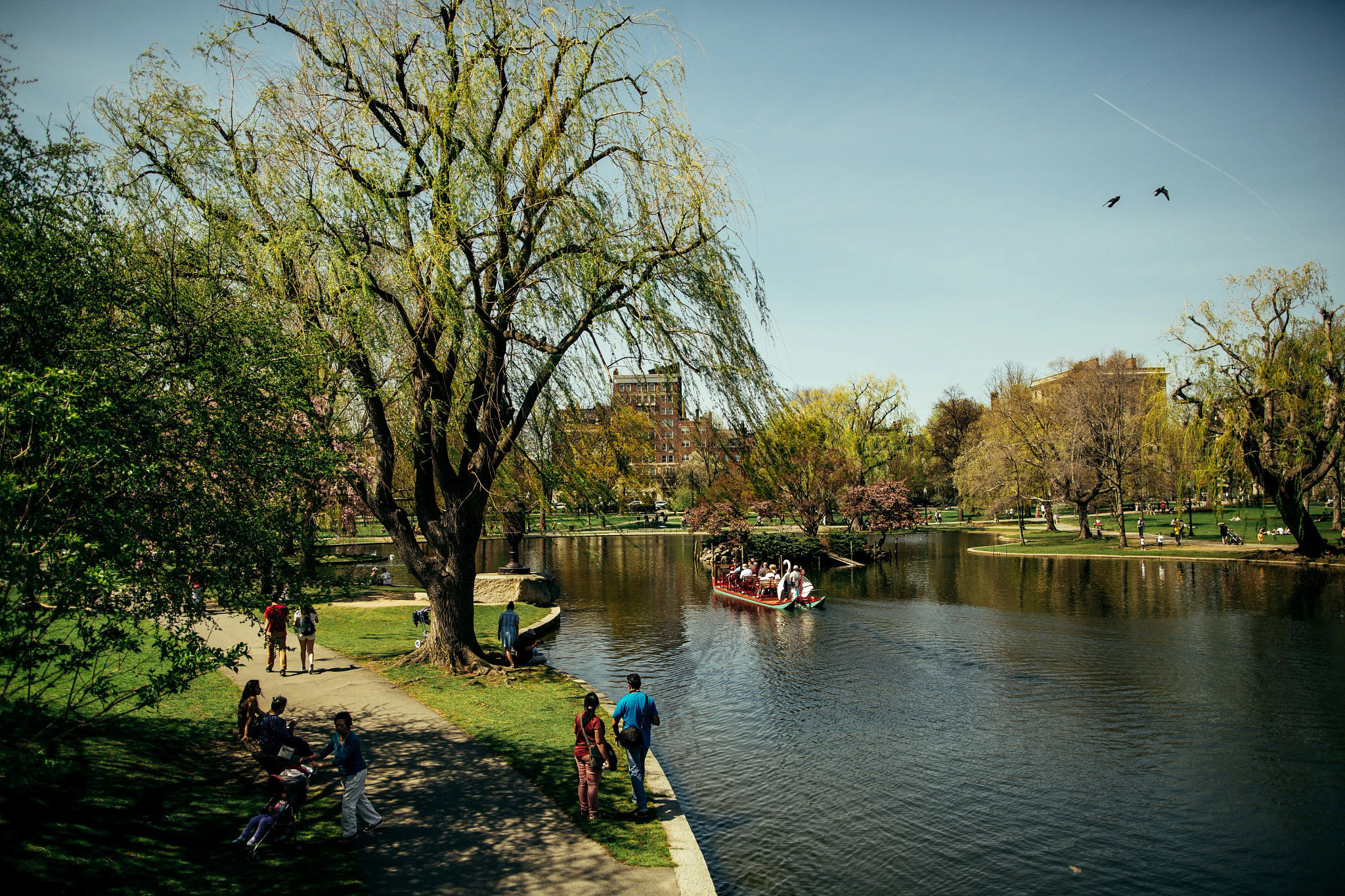.jpg?crop=true&anchor=13,195&q=80&color=ffffffff&u=lywnjt&w=2008&h=1154)



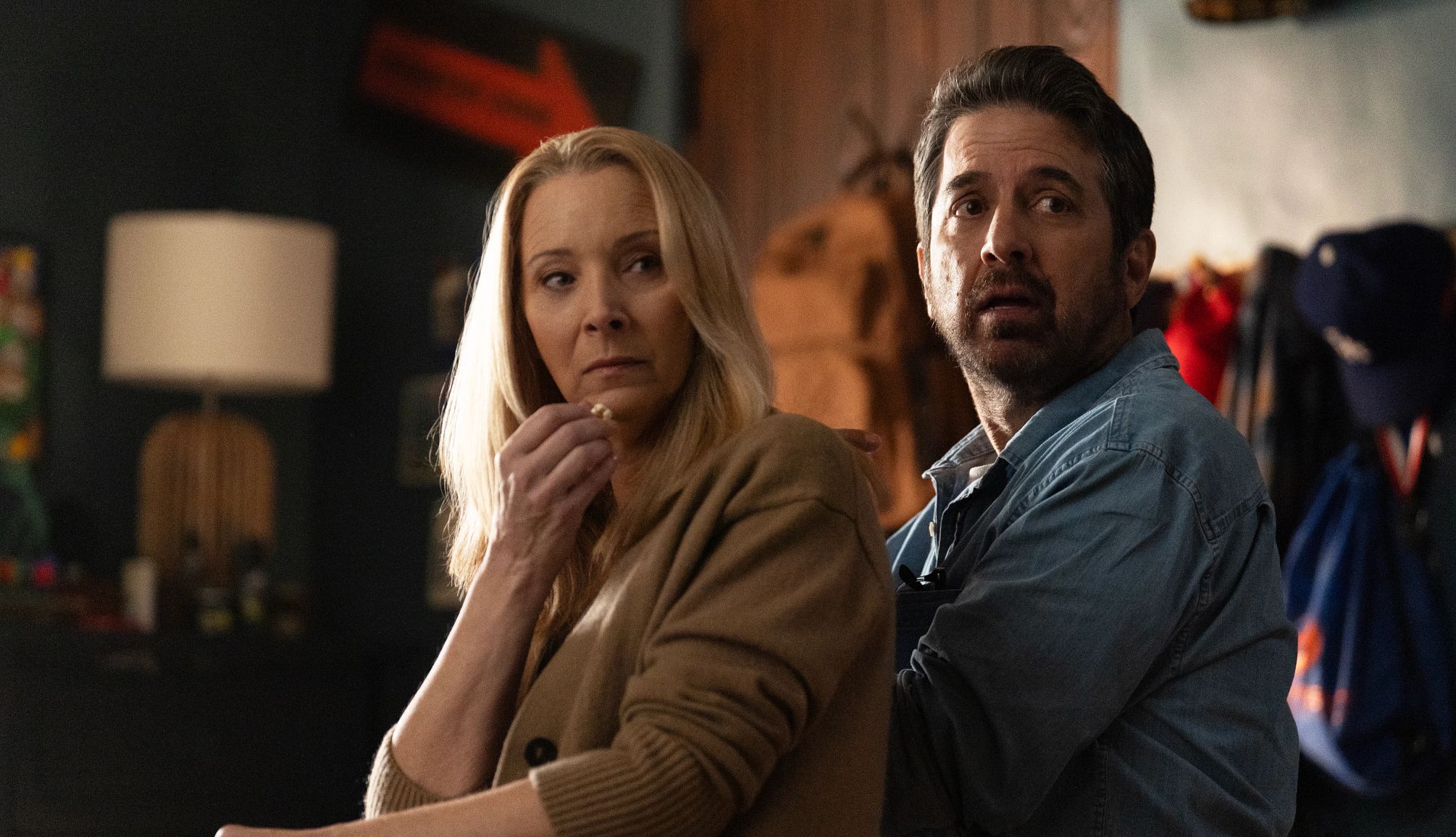
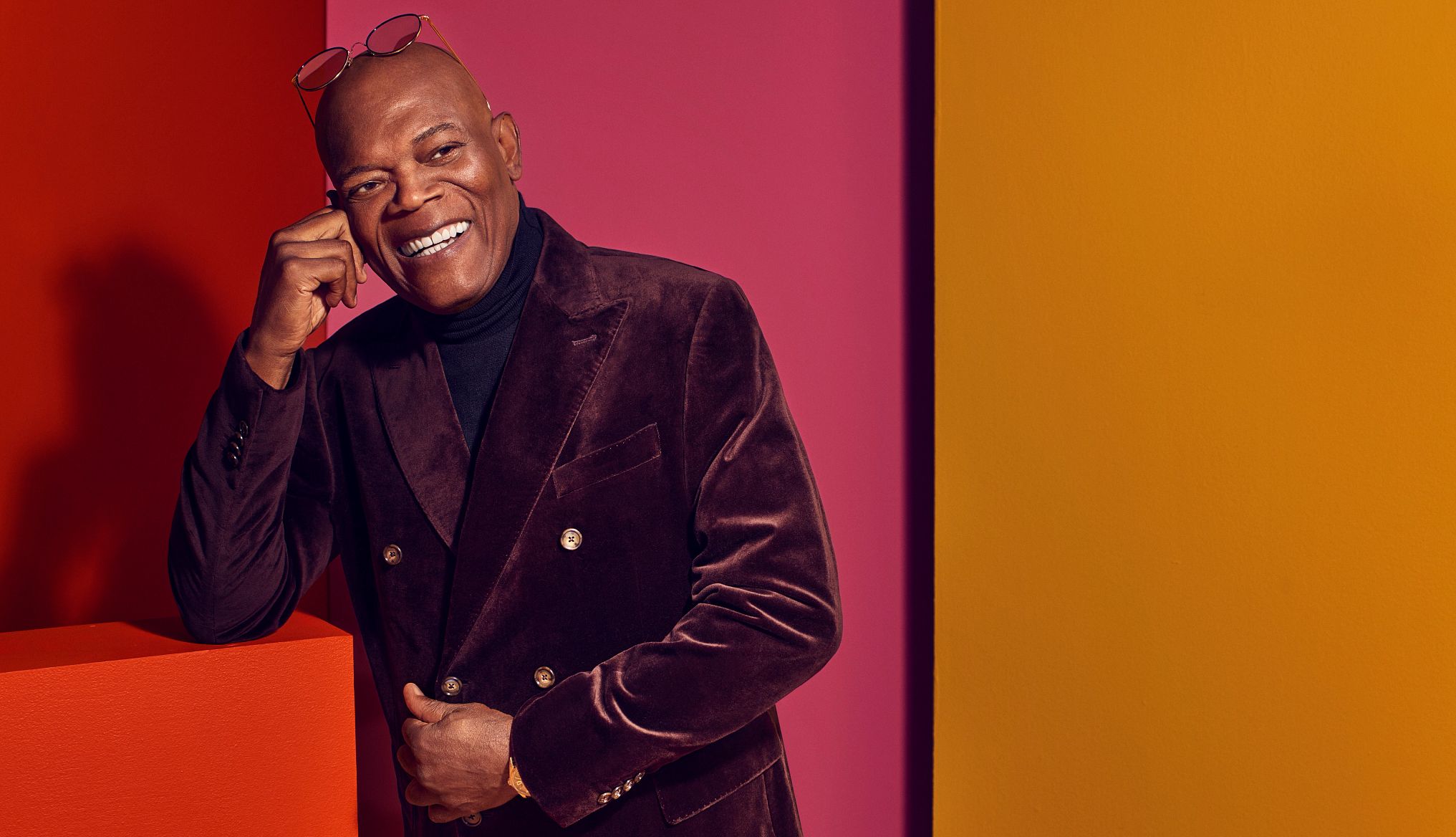







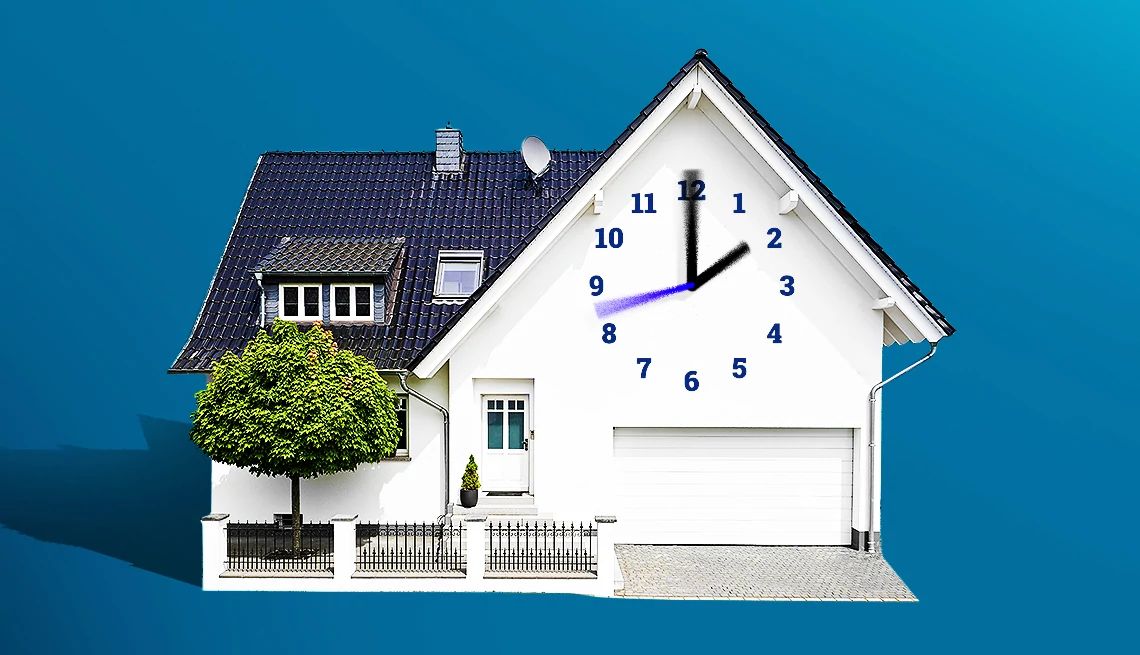

















More on Home and Family
AARP Offers Support to Veterans, Military Families
We’re proud to help those who defended America